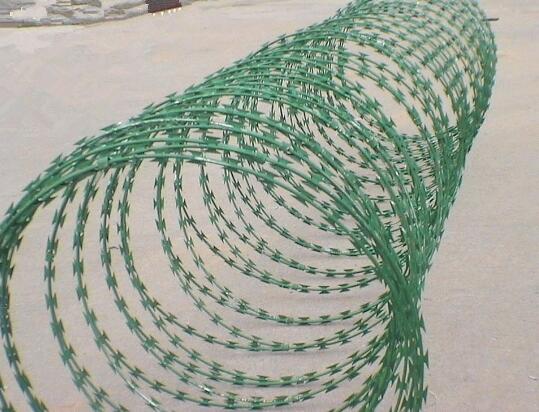Understanding the Welded Wire Gauge Chart
Welded wire is a versatile and widely used material that plays an essential role across various industries, including construction, agriculture, and manufacturing. The welded wire gauge chart is a critical tool for professionals and DIY enthusiasts alike, as it provides detailed specifications about the wire mesh's size, thickness, and strength. In this article, we’ll explore the importance of the welded wire gauge chart, how to read it, and its applications.
What is Welded Wire?
Welded wire is made of steel wires that are welded together at their intersection points to create a mesh. This mesh is known for its strength and durability, allowing it to withstand various environmental conditions. Welded wire is available in different thicknesses and spacing configurations, making it suitable for a wide range of applications.
The Importance of the Welded Wire Gauge Chart
The welded wire gauge chart serves several essential functions
1. Standardization The chart provides a standardized system for measuring the diameter of wires and the spacing between them. This standardization is crucial for ensuring that different suppliers and manufacturers adhere to uniform specifications.
2. Material Selection Understanding the wire gauge allows users to select the appropriate material for their specific needs. For example, heavier gauges may be needed for structural applications, while lighter gauges could be suitable for fencing.
3. Compatibility Various applications may require different types of welded wire. The gauge chart helps determine which type of welded wire is compatible with other materials or systems, ensuring optimal performance.
4. Performance Specifications The gauge chart typically includes tensile strength and other performance measures that are critical for users to consider, especially in load-bearing applications.
Reading the Welded Wire Gauge Chart
A typical welded wire gauge chart includes several key components
welded wire gauge chart

- Wire Diameter This measurement is often given in inches or millimeters. It represents the thickness of the wire used in the mesh. As the wire diameter increases, the strength and durability of the mesh also increase.
- Mesh Size This refers to the spacing between the wires, usually measured in inches. A smaller mesh size offers better containment of smaller objects but may reduce airflow and drainage. Conversely, larger mesh sizes facilitate better airflow but might not prevent smaller items from passing through.
- Weight The chart may also include the weight of the welded wire per unit area, typically expressed in pounds per square foot or kilograms per square meter.
- Tensile Strength This measurement indicates the maximum amount of force that the wire can withstand without breaking. It’s essential for applications where the wire will be under significant stress.
Applications of Welded Wire
Welded wire is used in a wide variety of applications, including
- Fencing Welded wire mesh is commonly used for fencing due to its strength and durability. It is particularly popular in agricultural settings for livestock enclosures.
- Reinforcement In construction, welded wire fabric serves as reinforcement in concrete slabs, improving their tensile strength and minimizing the risk of cracking.
- Storage Solutions Welded wire is also utilized in manufacturing cages and shelving units, offering a robust solution for storage needs.
- Decorative Features Beyond functional applications, welded wire can be used for decorative purposes, such as in garden trellises and artistic installations.
Conclusion
The welded wire gauge chart is an invaluable resource for anyone working with welded wire mesh. By understanding how to read this chart and the importance of various measurements, users can make informed decisions that enhance the functionality and durability of their projects. Whether in construction, agriculture, or other applications, a clear grasp of welded wire specifications will lead to better outcomes and more efficient use of materials.

















